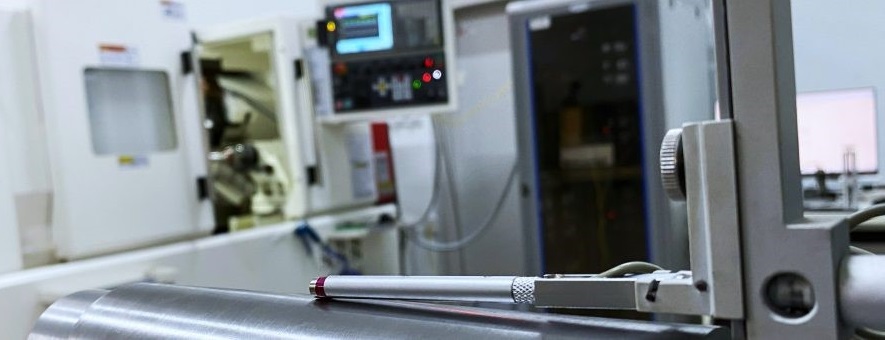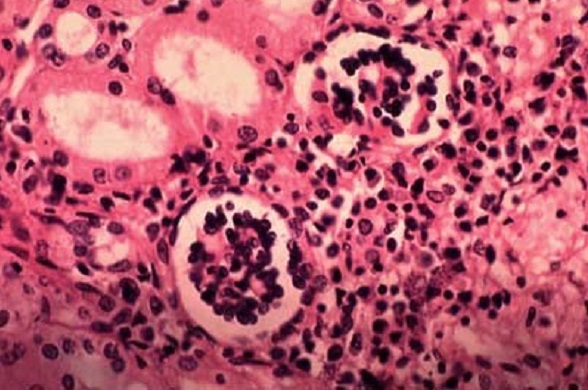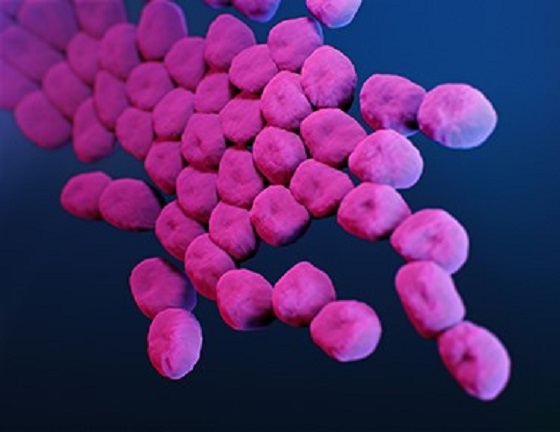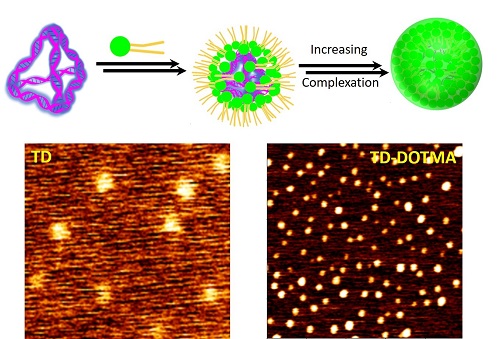
Drugs or vaccines, in most cases, are administered at sites other than the site of action. They must get to their site of action to be useful. Researchers from the Biological Engineering Discipline, Indian Institute of Technology (IIT) Gandhinagar, have suggested a new approach for efficient drug delivery. The study team functionalised the DNA nanocages with a cationic lipid molecule called DOTMA, which has a positively charged head group and a hydrophobic chain. “DOTMA has an affinity towards both DNA-nanocages and the cell membranes, which help the nanocages get inside cells,” Dr Singh explains.
Tiny structures made of DNA called nanocages, are often employed to let the medication enter the cell. However, when the negatively charged nanocages come into contact with the cell membrane, which is hydrophobic, they experience repulsion, preventing them from entering the cell.
“Improvements are needed to maximize the cellular uptake to enhance the efficiency of DNA nanostructures for therapeutic purposes. We have found a way to modify these nanocages to help them enter cells more efficiently,” informs Dr Ramesh Singh.
Drugs or vaccines, in most cases, are administered at sites other than the site of action. They must get to their site of action to be useful. Researchers from the Biological Engineering Discipline, Indian Institute of Technology (IIT) Gandhinagar, have suggested a new approach for efficient drug delivery.
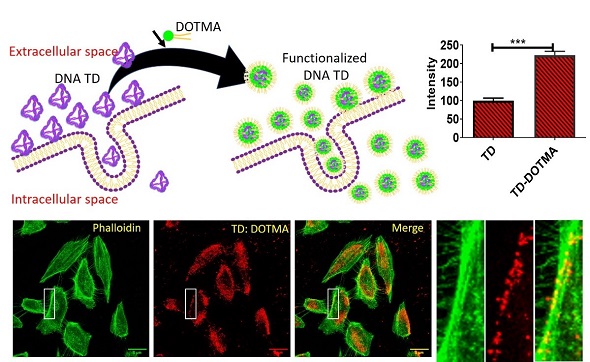
The study team functionalised the DNA nanocages with a cationic lipid molecule called DOTMA, which has a positively charged head group and a hydrophobic chain. “DOTMA has an affinity towards both DNA-nanocages and the cell membranes, which help the nanocages get inside cells,” Dr Singh explains.
The team tested this for modification of a model nanocage, DNA tetrahedron, and found that the modified nanocages were taken up much better by the cancer cells than the unmodified ones, and didn't have any harmful effects on non-cancer cells.
“In this method of functionalization of the DNA nanocages, we addressed the structural barrier, thereby increasing the cellular uptake of nanocarriers in sufficient quantities to be employed for delivery,” adds the team.
This method can be used for different DNA nano-structures to help deliver drugs and other treatments more effectively. It could help scientists develop new ways to treat cancer more effectively and further research to investigate the potential applications of the modified nanocages.
This new method will also find applications in gene transfection and targeted bioimaging.

The team comprises Ramesh Singh, Pankaj Yadav, Hema Naveena A, and Dhiraj Bhatia. The study has been published in the journal, Nanoscale.
India Science Wire
ISW/SM/IITG/nanocage/Eng/12/06/2023


